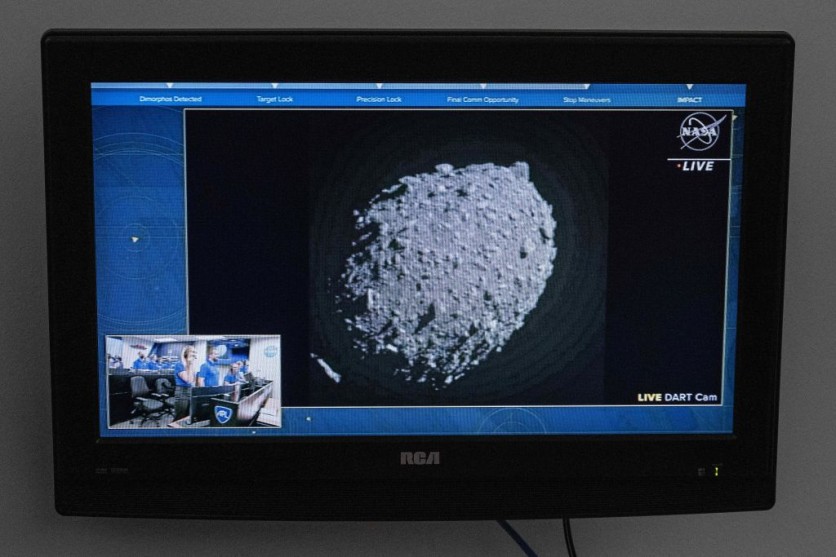A radio signal will be bounced off a large asteroid that will pass Earth in 2029 at a distance closer than several geostationary satellites on Dec. 27, according to a press release by NASA.
Asteroid 2010 XC15, which may be 500 feet large, will receive radio signals from the High-frequency Active Auroral Research Program (HAARP) research facility in Gakona.
The signal will be picked up by the Owens Valley Radio Observatory Long Wavelength Array near Bishop, California, and the University of New Mexico Long Wavelength Array close to Socorro, New Mexico.
This also marks the first use of HAARP to investigate an asteroid.

Probing Asteroid Interiors
The project's main scientist and a radar systems engineer at NASA's Jet Propulsion Laboratory, Mark Haynes, said that they will be probing asteroid interiors using long wavelength radars and radio telescopes from the ground.
"Longer wavelengths can penetrate the interior of an object much better than the radio wavelengths used for communication," Haynes said in a statement.
The best way to guard against an asteroid depends on having greater knowledge about its interior, especially if it is large enough to seriously harm Earth, according to NASA.
Asteroid 2010 XC15 will receive a chirping signal from HAARP that will be sent at frequencies just above and below 9.6 megahertz (9.6 million times per second).
The chirp will recur every two seconds. Given that the asteroid will be twice as far from Earth as the moon, distance will be a problem, according to Haynes.
Asteroid Apophis
The test on the 2010 XC15 is one more step in the direction of the highly anticipated approach with asteroid Apophis in 2029. It comes after experiments where a HAARP signal bounced off the moon in January and October.
Apophis was found in 2004, and on April 13, 2029, it will get 20,000 miles closer to Earth than ever before.
The asteroid, which NASA anticipated to be roughly 1,100 feet big in 2068, has since had a more precise orbit predicted by experts.
Scientists who research near-Earth objects are generally interested in the 2010 XC15 test and the 2029 Apophis encounter. However, planetary defense is another important study focus.
According to NASA, an asteroid the size of a car enters the atmosphere around once every year, produces a fireball, and burns up before it reaches the surface.
A football field-sized meteoroid strikes Earth every 2,000 years or so. Those have a lot of potential for harm. The planet is also struck once every few million years by an asteroid large enough to wipe out civilization.
On Sept. 26, when its Double Asteroid Redirection Test mission, or DART, collided with Dimorphos, NASA successfully redirected an asteroid for the first time.
The test on Dec. 27 may show promise for using long-wavelength radio transmissions to detect asteroids. In 2019, over 80 known near-Earth asteroids-most of them tiny and detected near the closest approach-passed between the moon and Earth.
Related Article : Astronomers Discover an Asteroid 3 Hours Before Crashing into Lake Ontario, Canada

ⓒ 2025 TECHTIMES.com All rights reserved. Do not reproduce without permission.




